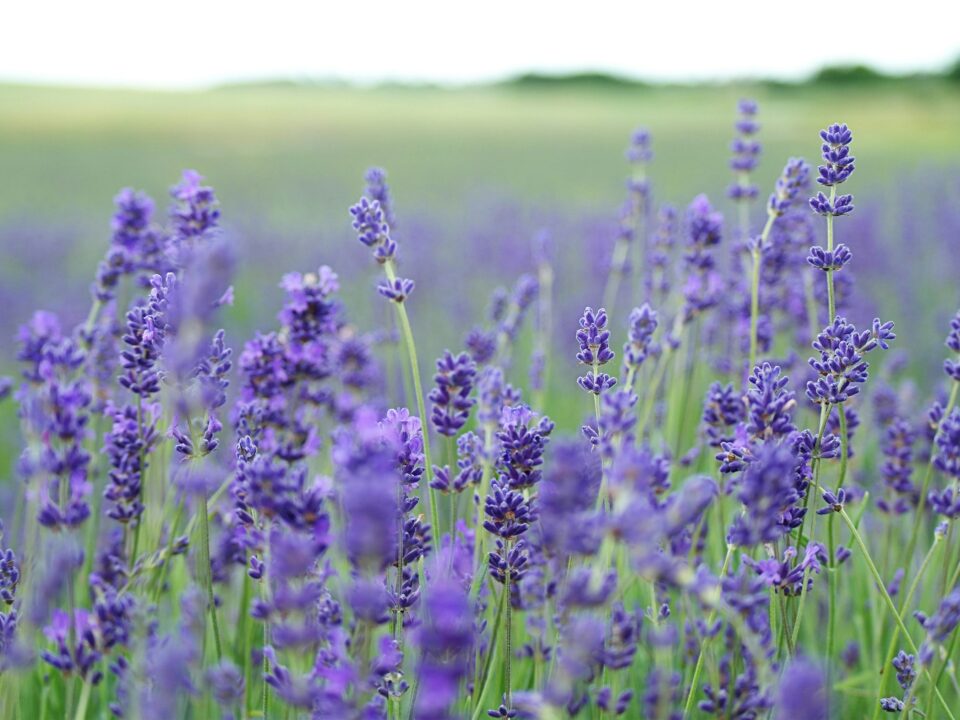
Tartaric acid, a white, crystalline organic acid found naturally in numerous fruits such as grapes, tamarinds, bananas, avocados, and citrus fruits, plays a significant role in various industries. Its salt, potassium bitartrate, also known as cream of tartar, emerges naturally during fermentation, often combined with sodium bicarbonate as baking powder, a leavening agent in food preparation. Recognized for its versatility, tartaric acid serves as a critical raw material in organic chemical synthesis, owing to its diprotic, aldaric acid characteristics, and its identity as a dihydroxyl derivative of succinic acid.
Historically, winemakers have leveraged tartaric acid for centuries, with the chemical extraction process dating back to 1769, pioneered by Swedish chemist Carl Wilhelm Scheele. Beyond winemaking, tartaric acid finds applications in skin care, food preservation, and as an additive and flavoring agent. Its utility extends across various industries including ceramics, textiles, printing, leather tanning, metal cleaning, photography, and pharmaceuticals, attributed to its chemical properties.
In the realm of skin care, tartaric acid is utilized for its ability to enhance skin smoothness and impart a radiant glow. It serves as a mild exfoliant, similar to other alpha hydroxy acids (AHAs), facilitating the removal of dead skin cells from the skin’s surface. This process not only improves the skin’s texture and appearance but also enhances the penetration of other skincare products. AHAs, including tartaric acid, are known to even out skin tone, diminish bumps, brighten the complexion, and contribute to a more uniform texture and tone, making them suitable for a wide range of skin types, including those that typically respond poorly to exfoliants.
Tartaric acid, rich in antioxidant properties, offers significant anti-aging benefits. Derived from fruits like grapes and citrus, it acts as a potent source of antioxidants, safeguarding the skin from damage induced by free radicals. Regular application of AHAs such as tartaric acid can protect against cellular harm caused by sunlight, UV rays, and environmental pollutants, progressively reducing the visibility of dark spots, uneven skin tone, and the signs of aging like wrinkles and fine lines.
Moreover, tartaric acid plays a crucial role in enhancing hydration when used in conjunction with moisturizers. It functions as a pH adjuster and stabilizer for skincare products, ensuring they perform as intended. This stabilization guards against irritation that may arise from fluctuations in the chemical composition of skincare acids. As an exfoliant, tartaric acid aids in the deeper absorption of serums and moisturizers, thereby amplifying their effectiveness. Tartaric acid itself is thought to possess moisturizing qualities, breaking down into tartramides which resemble the skin’s natural ceramides and aid in hydration, potentially reducing dryness and sensitivity.
When seeking skincare products, one should consider those containing tartaric acid, such as exfoliant pads, masks, serums, and anti-aging moisturizers. Often, these products include a blend of AHAs, offering comprehensive benefits like skin smoothing and protection, as well as a reduction in the appearance of fine lines and wrinkles. Each product varies in use, so adherence to instructions is crucial to avoid irritation. Initiating treatment with products containing 5% to 10% AHAs and adjusting based on skin tolerance is recommended. Consulting a dermatologist for a more concentrated acid peel can further aid in addressing skin concerns like scarring, acne, or hyperpigmentation.
Tartaric acid and other AHAs are generally safe and gentle for most individuals’ skin. However, those with sensitive skin or allergies may experience adverse reactions, particularly with overuse or in combination with harsher skincare products. Direct application near the eyes should be avoided due to potential irritation. To minimize the risk of allergic reactions or skin irritation, thoroughly checking product ingredients for potential allergens is advisable. Discontinuation is recommended if signs of redness, peeling, itching, or inflammation occur.



